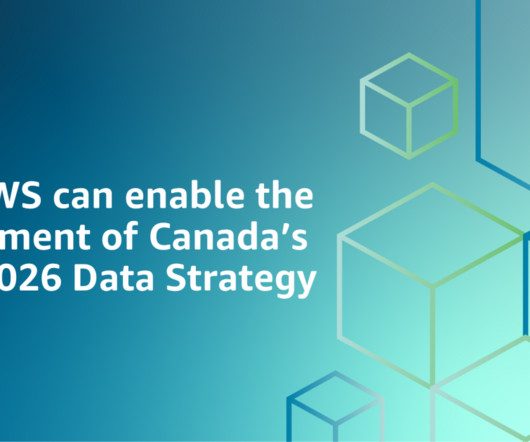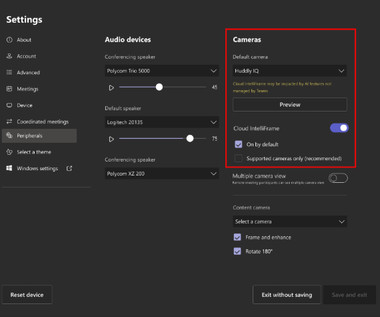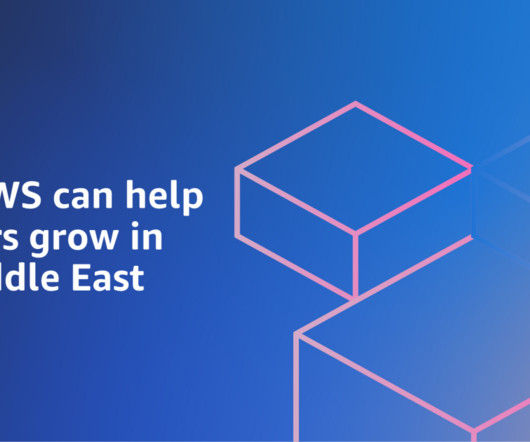Trump’s ‘Big Beautiful’ Tax Bill and the Future of Community Development
Next City
JULY 2, 2025
Under the initial Opportunity Zones pilot program (which is still open until the end of 2026), the only dollars that can be invested using the tax break are dollars earned from capital gains — meaning profits earned from selling off a previous investment. The implementation of New Market Tax Credits still has a lot of room for improvement.




















Let's personalize your content